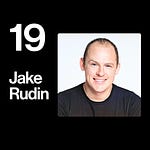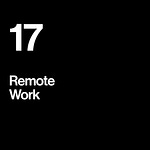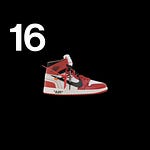Supported by:
Daylight Computer: the healthiest computer
Baked Graphics: amazing 3D video mockups
Framer: the best website builder for designers
ProtoPie: the best hi-fidelity interface prototyping tool
April Dunford spent 25 years running marketing, product, and sales teams as a startup executive.
Creating a systematic way of positioning tech products and companies became her life's work, informing her consulting practice where she has advised 100+ companies. Her best-selling book Obviously Awesome offers a methodology that any leader or entrepreneur can follow.
I found great value in April's positioning methodology as I figure out directions for my own projects, including Design Disciplin. Even though her experience comes from leading business-to-business marketing, she offers lessons that we can adapt to a whole range of situations – including but not limited to how our design projects speak to their audience, and how to position ourselves towards potential employers and clients.
Books
Obviously Awesome by April Dunford: https://geni.us/obviously-awesome
The Challenger Sale by Matthew Dixon and Brent Adamson: https://geni.us/challenger-sale
The Four Steps to the Epiphany by Steve Blank: https://geni.us/four-steps-to
The Lean Startup by Eric Ries: https://geni.us/lean-startup-dd















April Dunford: Marketing and Positioning Expert